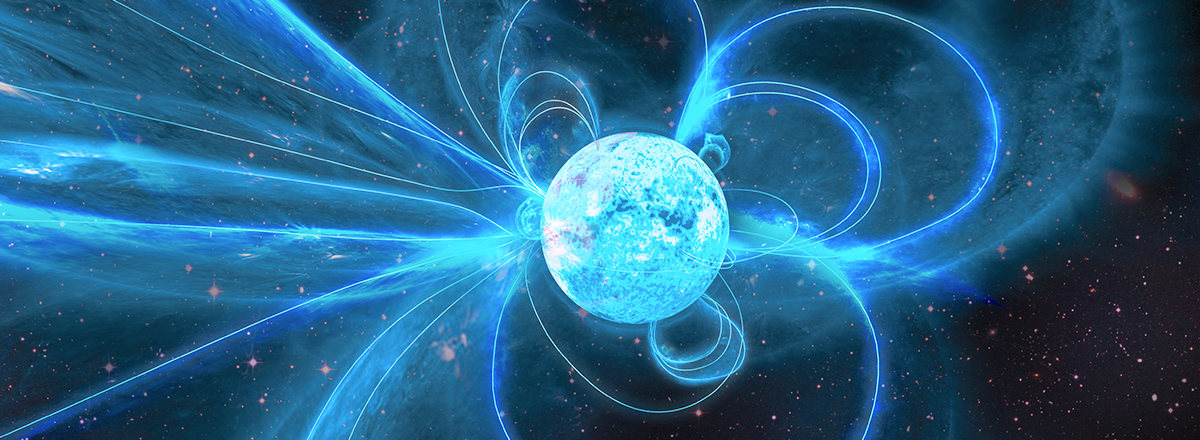Revived Magnetar Surprises Scientists with Unprecedented Radio Signals
The recent observations have shown that the light emitted by this magnetar is circularly polarized, appearing to spiral as it moves through space, a phenomenon never seen before with such intensity.

A neutron star, believed to be 'dead,' has astounded the astronomical community by emitting unusual radio pulses, revealing one of the strongest magnetic fields ever observed in the cosmos.
The star, known as XTE J1810-197, is located approximately 8,000 light-years away and was previously silent for over a decade. Scientists have now detected this unexpected activity, which challenges current understanding of such celestial bodies.
This highly magnetic neutron star, or magnetar, first detected emitting radio waves in 2003, fell silent by 2008, only to awaken again in 2018. The recent observations have shown that the light emitted by this magnetar is circularly polarized, appearing to spiral as it moves through space, a phenomenon never seen before with such intensity.
The rapid changes in the circular polarization of the signals are unlike anything previously recorded from other magnetars. The team believes that a superheated plasma above the magnetar’s magnetic pole, acting as a polarizing filter, might be causing these extraordinary emissions.

